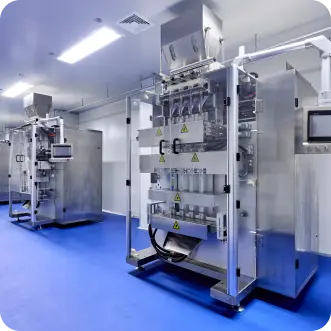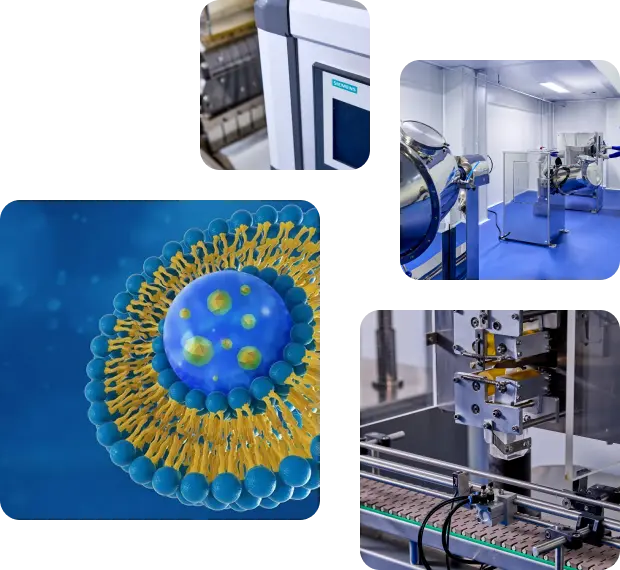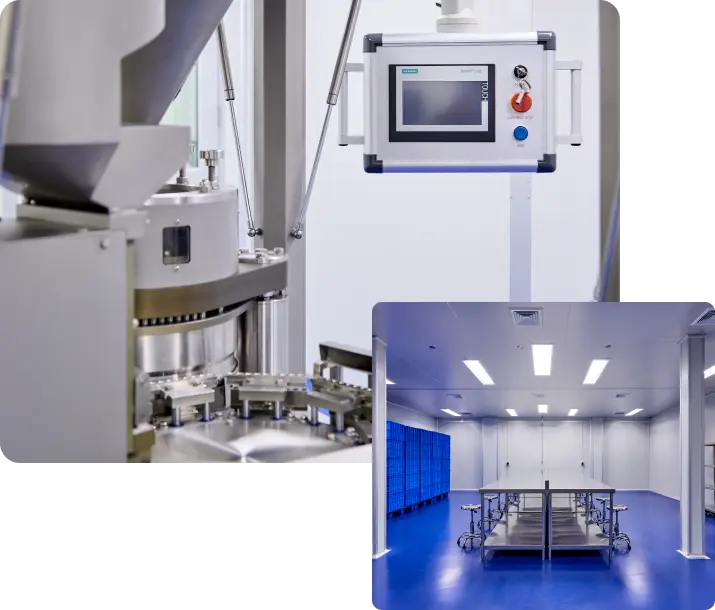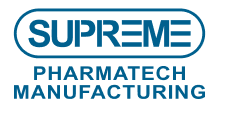NANOMEDICINE

Nanomaterials are at the forefront of the quickly evolving nanotechnology. These materials are outstanding and indispensable in many areas of human activity because of their special size-dependent characteristics.
Nanotechnology is the branch of technology that deals with objects as small as nanometers. It is anticipated that nanotechnology would advance across multiple domains, including systems, devices, and materials. Right now, the state of nanomaterials is the most developed in terms of both scientific understanding and practical uses. Nanoparticles were investigated since the beginning of the century due to their size-dependent chemical and physical characteristics. They are currently in a phase of commercial exploration. Nanoparticles have a wide range of potential uses in numerous industries, and these uses are still growing.
Liposomal nanotechnology

Treatment approaches for diseases have changed recently, requiring pharmacological agents to be more selective and effective while posing less of a risk to healthy tissues. The development of nanoscale liposome systems for drug release is a result of these requirements.
Liposomes are spherical, bilayer vesicles made of phospholipids that, when combined with water, form at least one lipid bilayer encircling an aqueous core. This bilayer can include hydrophilic medications as well as hydrophobic substances that are submerged by Van der Waals forces in the lamellae.
Phospholipids are essential elements that give liposomes their unique properties, such as how they encapsulate the substances and integrate into the body. Both the liposomal and the cell membranes can coexist during the release mechanism since phospholipids are the primary biological components of cell membranes. The interactions between the liposomes and cell membranes may have an impact on the release mechanism.

Liposomes are incredibly small nanoparticles, typically with a diameter of between 100 and 300 nm, or less. When specific phospholipids are hydrated with water, these form on their own. These can be loaded with active compounds that are soluble in fat or water due to their composition. These spherical liposome bubbles have the potential to safely transport a range of pharmaceutical chemicals through the body and stabilize them until they reach a particular target spot. This makes them perfect for carrying medications used in targeted treatments for diseases like HIV or cancer.
Both hydrophilic and hydrophobic substances that are utilized in vaccinations, ophthalmic, diagnostic, immune-modulating, anti-bacterial, anti-fungal, enzyme, and genetic elements can be delivered by these structures.
Inorganic nanoparticles


